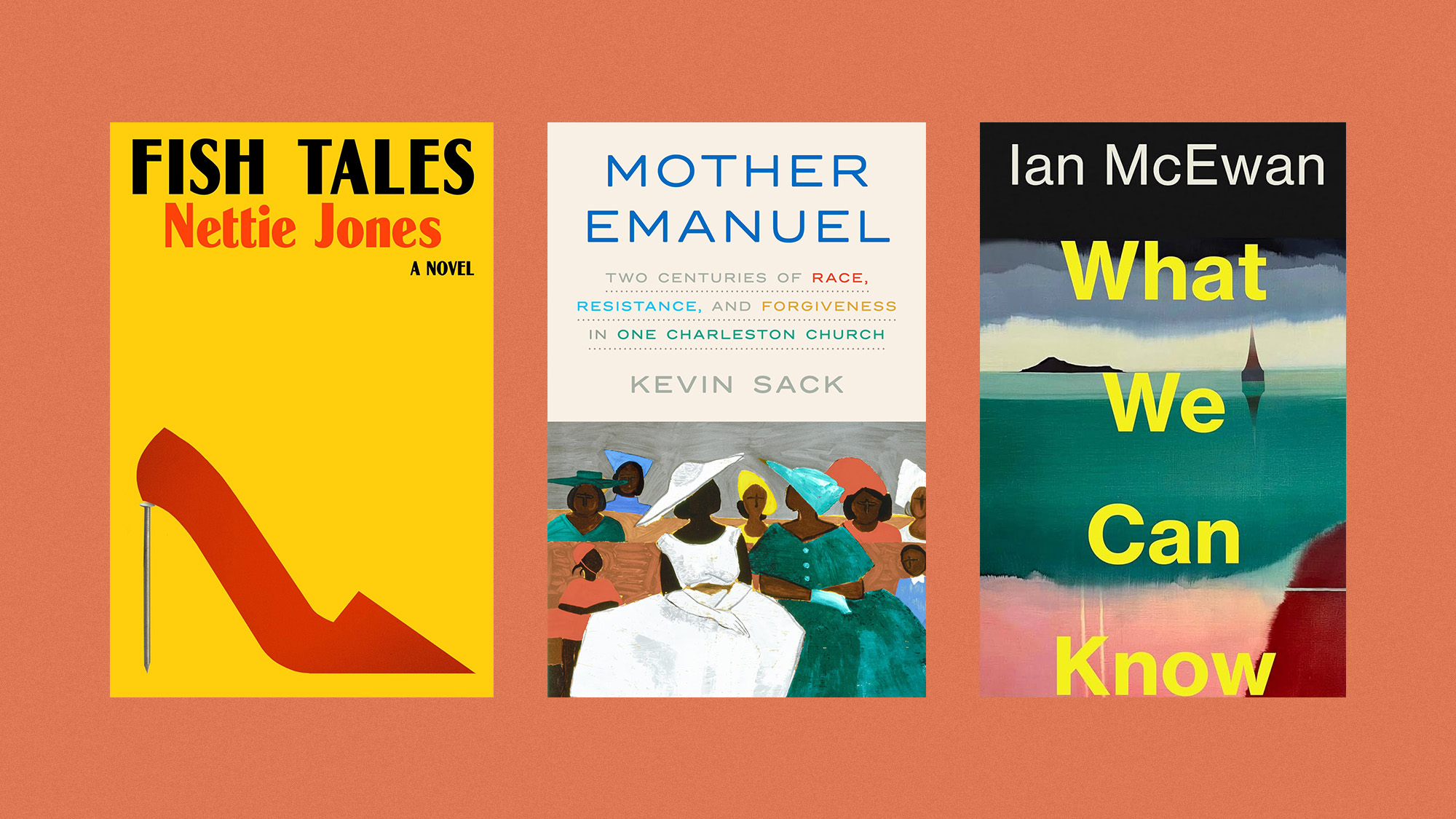Houdon at the Louvre: Masterworks of the Enlightenment
Atlanta’s High Museum of Art has brought over Jean-Antoine Houdon's sculptures from the Louvre Museum. Houdon, who was one was the most famous sculptors of his day, carved the busts of some of the 18th-century's most prominent men, inc
Houdon at the Louvre: Masterworks of the Enlightenment
High Museum of Art, Atlanta
Through Sept. 7
The Week
Escape your echo chamber. Get the facts behind the news, plus analysis from multiple perspectives.

Sign up for The Week's Free Newsletters
From our morning news briefing to a weekly Good News Newsletter, get the best of The Week delivered directly to your inbox.
From our morning news briefing to a weekly Good News Newsletter, get the best of The Week delivered directly to your inbox.
Jean-Antoine Houdon “brought his subjects to life with skill and subtlety,” said Catherine Fox in The Atlanta Journal-Constitution. A delightful new exhibition at Atlanta’s High Museum of Art “does the same for him.” The 18th-century sculptor was sought after by kings, presidents, and prominent thinkers, so this selection of astonishingly realistic busts on loan from Paris’ Louvre “brings you face to face with the movers and shakers of the Enlightenment.” Contemporaries considered Houdon’s portrait of George Washington, on display here, to be the first president’s truest likeness (it later was the model for the U.S. nickel). Nearby sits philosopher Denis Diderot, wigless and looking pensively into the distance. In a flirtatious bust of French actress Sophie Arnould, “one breast coyly peeps out of a bodice.” The delighted actress reportedly had 30 plaster copies made and distributed to her lovers.
“Houdon’s human figures are full of passion, of personality,” said Willard Spiegelman in The Wall Street Journal. Their accuracy reflects near-scientific observation: He precisely measured subjects’ faces and often took molds. Yet his ability to make faces life-like “is due to two simple tricks of the trade that Houdon seems to have perfected”: crafting convincing eyes and mouths. “Can you remember the last time you saw teeth in a sculpted head?” Some Houdon sculptures have them. Likewise, Houdon created “recognizable eyes” by carving circles that resemble an iris and pupil (most previous sculptors left their sculptures’ eyes blank and blind-looking). All that’s best in Houdon’s work comes together in his sculpture of Ben Franklin. “The doctor’s eyes sparkle but maintain a vigilant skepticism,” his lips part slightly. We even notice a dimple.
A free daily email with the biggest news stories of the day – and the best features from TheWeek.com
-
 Received a gift card this holiday season? Here’s how to maximize it.
Received a gift card this holiday season? Here’s how to maximize it.The Explainer Make the most of your present
-
 ‘Lumpy skin’ protests intensify across France as farmers fight cull
‘Lumpy skin’ protests intensify across France as farmers fight cullIN THE SPOTLIGHT A bovine outbreak coupled with ongoing governmental frustrations is causing major problems for French civil society
-
 The best books of 2025
The best books of 2025The Week Recommends A deep dive into the site of a mass shooting, a new release from the author of ‘Atonement’ and more
-
If/Then
feature Tony-winning Idina Menzel “looks and sounds sensational” in a role tailored to her talents.
-
Rocky
feature It’s a wonder that this Rocky ever reaches the top of the steps.
-
Love and Information
feature Leave it to Caryl Churchill to create a play that “so ingeniously mirrors our age of the splintered attention span.”
-
The Bridges of Madison County
feature Jason Robert Brown’s “richly melodic” score is “one of Broadway’s best in the last decade.”
-
Outside Mullingar
feature John Patrick Shanley’s “charmer of a play” isn’t for cynics.
-
The Night Alive
feature Conor McPherson “has a singular gift for making the ordinary glow with an extra dimension.”
-
No Man’s Land
feature The futility of all conversation has been, paradoxically, the subject of “some of the best dialogue ever written.”
-
The Commons of Pensacola
feature Stage and screen actress Amanda Peet's playwriting debut is a “witty and affecting” domestic drama.